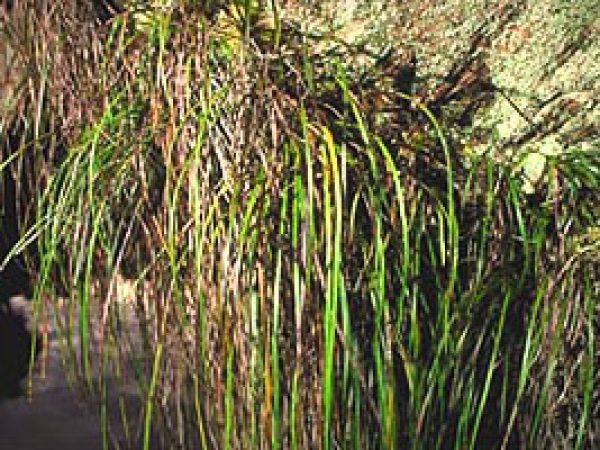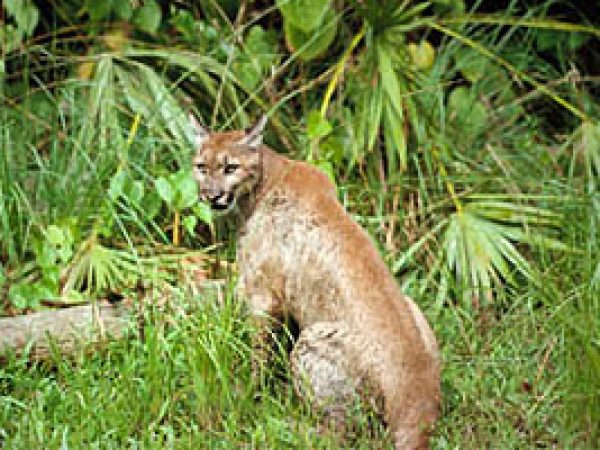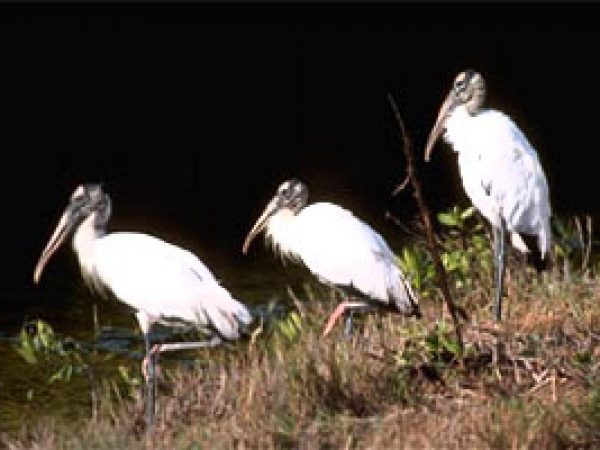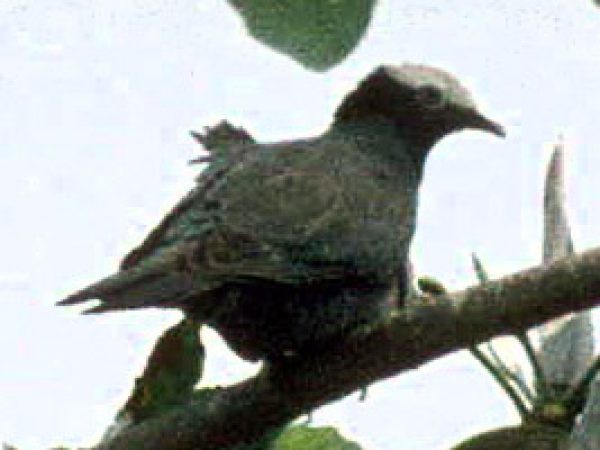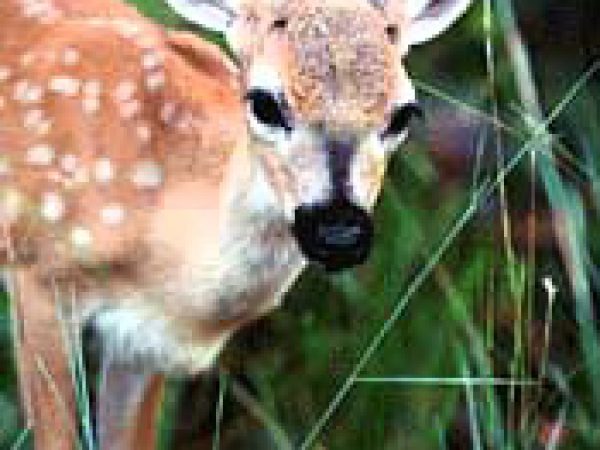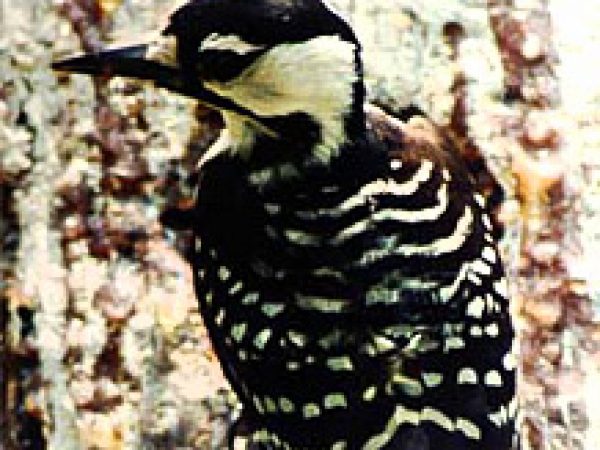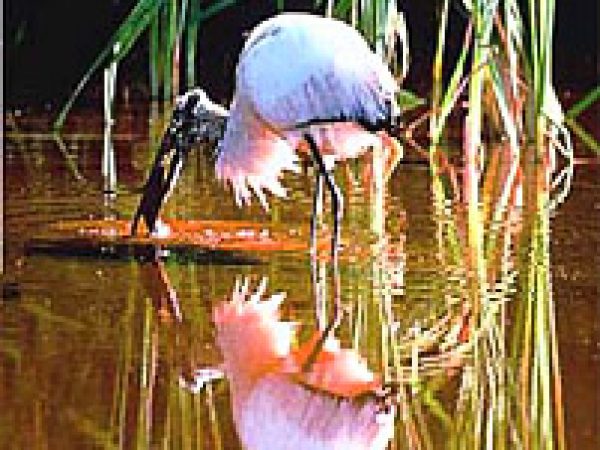Hardwood hammocks provide habitat for many threatened and endangered species.
Threatened and endangered species residing in tropical hardwood hammocks include numerous trees, shrubs, and vines. Hammock trees currently listed as threatened or endangered include:
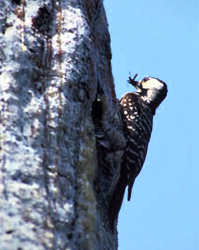
- brittle thatch palm (Thrinax morrissii)
- buccaneer palm (Pseudophoenix sargentii)
- cupania (Cupania glabra)
- Florida thatch palm (Thrinax parvitolia)
- Krug’s holly (Ilex krugiana)
- lignum-vitae (Guaiacum sanctum)
- manchineel (Hippomane mancinella)
- silver thatch palm (Coccothrinax argentata)
- tree cactus (Cereus robinii)
 Strap Fern. Photo courtesy South Florida Water Management District
Strap Fern. Photo courtesy South Florida Water Management District Florida panther (Felis concolor coryi). Photo courtesy U.S. Fish and Wildlife Service
Florida panther (Felis concolor coryi). Photo courtesy U.S. Fish and Wildlife Service Wood stork (Mycteria americana). Photo © Gerald and Buff Corsi, California Academy of Sciences
Wood stork (Mycteria americana). Photo © Gerald and Buff Corsi, California Academy of Sciences White-crowned Pigeon (Columba leucocephala). Photo courtesy U.S. Geological Survey
White-crowned Pigeon (Columba leucocephala). Photo courtesy U.S. Geological Survey
Animals considered threatened or endangered residing in hammock habitats include:
- Florida panther (Felis concolor coryi)
- key deer (Odocoileus virginianus)
- Key Largo cotton mouse (Peromyscus gossypinus)
- Key Largo woodrat (Neotoma floridana)
- Key Vaca raccoon (Procyn lotor auspiciatus)
- mangrove fox squirrel (Sciurus niger avicennia)
- red-cockaded woodpecker (Picoides borealis)
- white-crowned pigeon (Columba leucocephala)
- wood stork (Mycteria americana)
The list above includes species occurring in hammocks located within the Florida Keys as well as those in the Everglades region.
Glossary terms on page:
- hammock: area that is often higher than the surrounding land with humus rich soil and hardwood trees including oaks, sweetgums, hickories, and palms.
- tropical: tropical zone lies between 23.5 degrees north and south of the equator, has small seasonal changes in temperature and large seasonal changes in precipitation.
- endangered species: a species in danger of becoming extinct that is protected by the Endangered Species Act.
- threatened species: plants or animals likely to become endangered in the near future.
